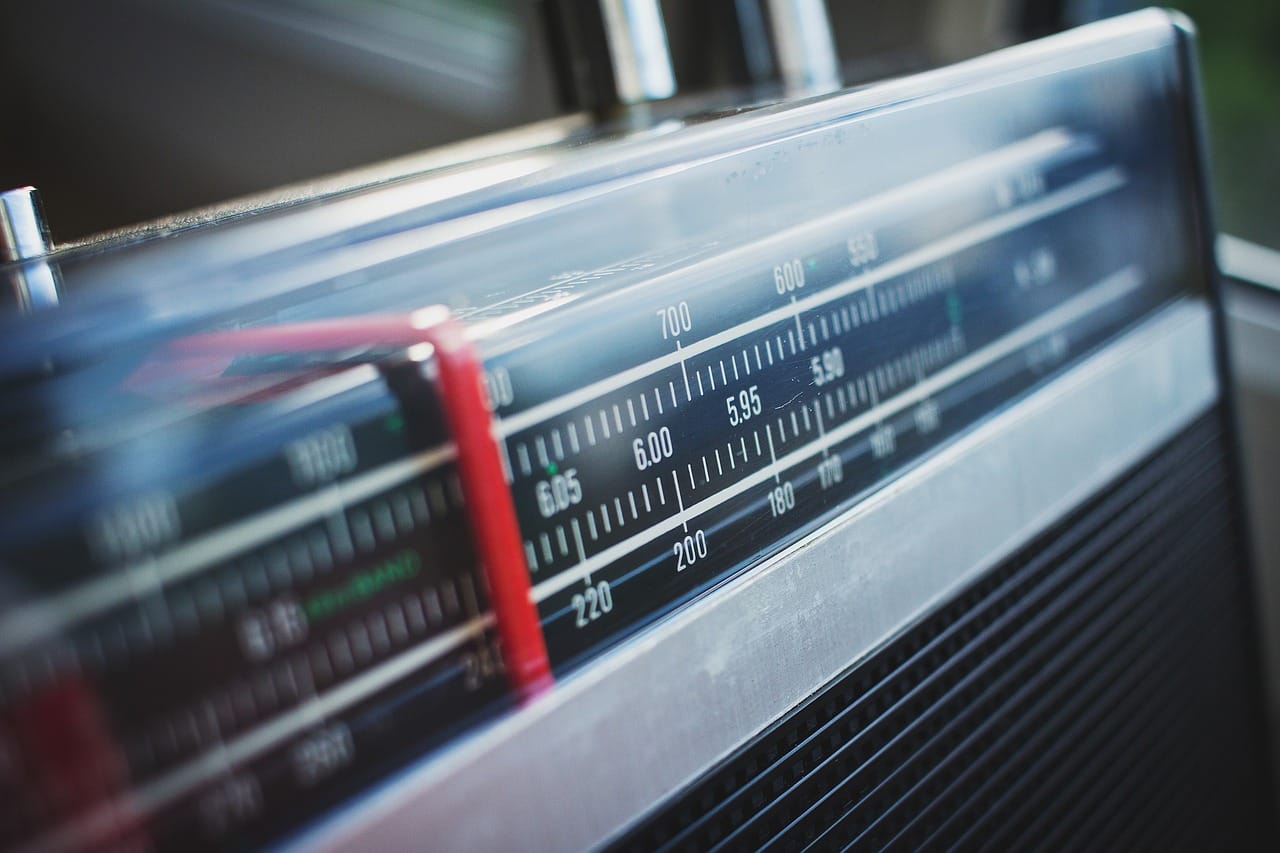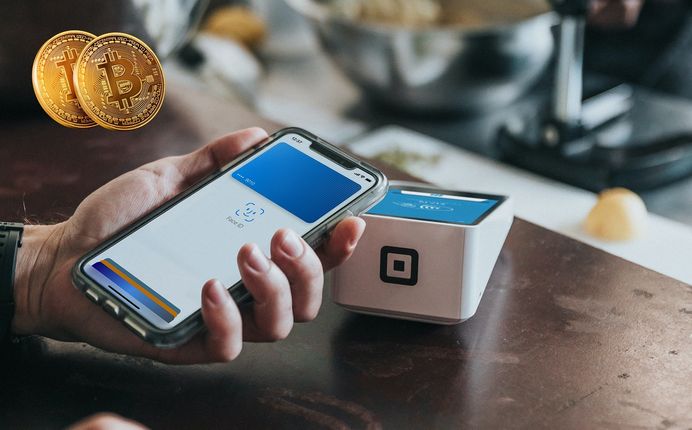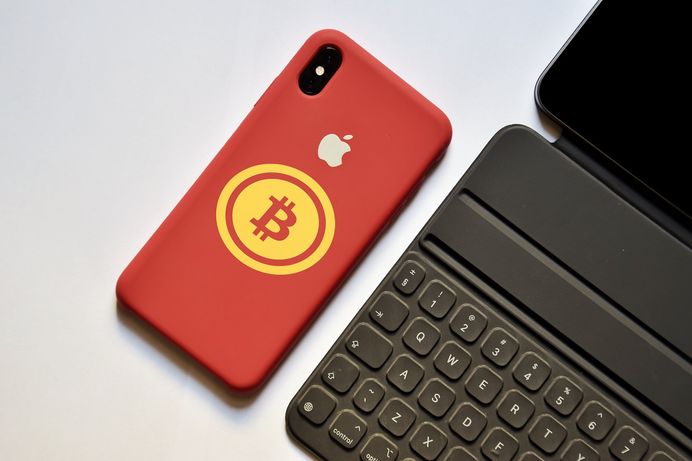Per recent twitter reports, two bitcoin coders from different countries have successfully achieved international lightning payment via radio waves.
Traditionally, the lightning network is known as payment protocol which lies on top of blockchain network like bitcoin. But the recent tweets from prominent bitcoin developers confirms that it is now possible to make bitcoin transactions via radio waves .
The transaction between Rodolfo Novak, co-founder of bitcoin hardware startup CoinKite, also a developer and Bloomberg columnist Elaine Ou marked as first of its kind international payment. Apparently, they were able to transfer bitcoin from Toronto, Canada – to- San Francisco, California.
With this radio waves are not just limited to listen music or broadcast any shows but have proved to be useful in enhancing the bitcoin payment transactions
However, this is not the
Although developers at that time claimed this model to be helpful in building bitcoin resistance to partition attacks researchers argue could potentially be used to attack the network.
Bottom line, the internet is not the only means to transfer data. In the age modern technology, these radio waves could prove to be immensely helpful to send data from one part of the world to another. Furthermore, quoting the typical use case where it can be useful, developers said that,
In case China decides to censor bitcoin via the Great Firewall, or places like North Korea where there is no internet at all
Although, the idea seems pretty exciting, its still a impracticable solution as it turns out both the parties had coordinated everything online before sending the radio signals.
Also, discussing the major challenges, developers said that, “the equipment is currently the hard part: You need a radio that supports these frequencies. The cheapest way is with a software-defined radio, which is about $200 for something that can transmit low-power signals or thousands for a high-power transmitter “







